When we last saw our Power Wheels Magazine Project Car at the workshop of JSK Custom Paint and Auto Works in Marulas, Valenzuela City, it was freshly painted in glossy red. Most of the major components like the 1600 cc engine, 3-speed automatic transmission, front and rear suspension, front disc brakes and rear drum brakes, and power-assisted steering system have all been reinstalled. This 1976 Mitsubishi Celeste 1600ST is owned by ROPALI Chairman Roberto “Bob” P. Alingog, who bought it brand-new back to woo his lady love, Emelyn Ambatali, who’s now Mrs. Alingog. Their thoughtful son, Aldous Rex Alingog, commissioned the restoration of the car as a birthday gift to Bob.
After the car has been painted, the technicians at JSK started the reassembly process. If you’ve ever attempted to restore a vehicle that is more than 40 years old, you’ll find that it’s not a walk in the park. It’s not easy to take an old car apart, remove some brittle parts and try to preserve it for reinstallation later on. Restoration shops like JSK have some silicon liquids, waxes or magic elixirs to help soften rubber parts like seals, hoses, and grommets to make them useful again. However, once an old part breaks, you’ll have no recourse but to get a replacement.
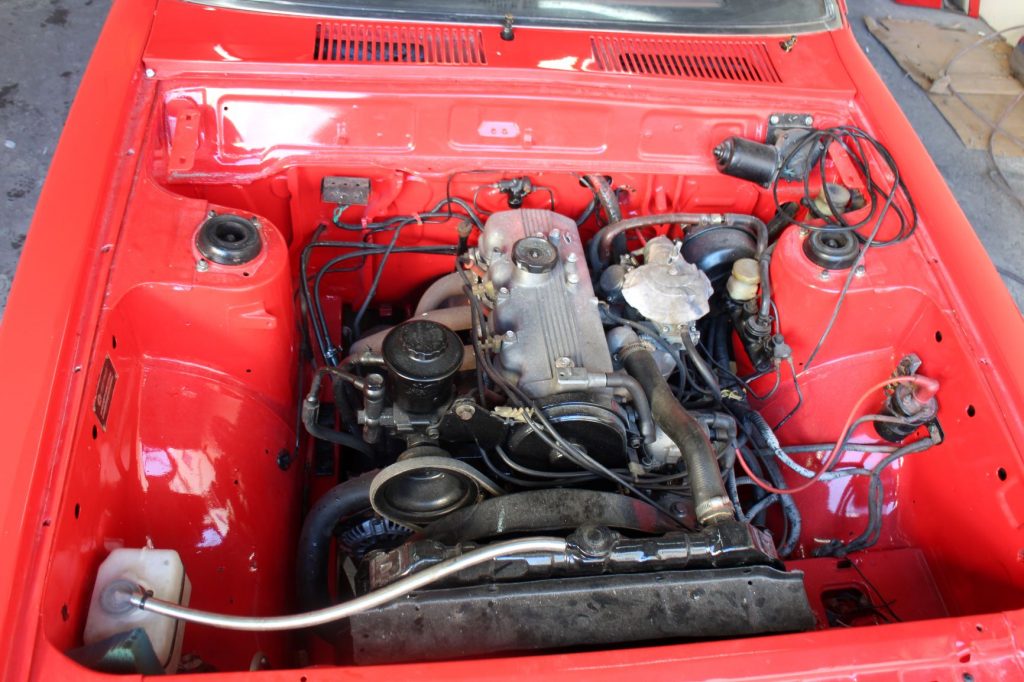 Going Under with a Lift
Going Under with a Lift
When you’re reassembling a vehicle, it pays to have the right tools and equipment. When you have an auto restoration shop, it’s a big help during reassembly when you have a two-post lift. It’s easier to work on the suspension, brakes and other components underneath a vehicle in a comfortable position and reattach parts where you can freely articulate your hands, arms, and head to see what you’re doing. It’s a lot better to work on the undercar components using a lift than lying on your back and reaching for your tools in an awkward position.
If you noticed, we temporarily attached the faux Mosport wheels from the 1982 Mitsubishi Lancer SL, the second donor car where we got the 3-speed automatic and the power steering system from. The hood and the rear hatch were also temporarily reattached. With the car on the lift, the JSK mechanics were busy checking the steering system and tightening all the bolts that attaches the power steering box. They’re also checking everything to make sure that the power steering works properly, the steering wheel was pointing straight, and the turning angles are the same left and right.
While It’s Up There…
While the JSK mechanics were busy working on the front end of the Celeste, we took the opportunity to look underneath our project car, making sure that we weren’t blocking the mechanics from their work while the car was on the lift. We asked about the folded carboard and newspaper taped to the driver’s door of the Celeste and we were told that it was there to protect the door in case it comes in contact with the post of the lifter. That’s one way of protecting the fresh paint from getting scratch while the car is being reassembled.
We looked underneath the rear portion and found that the fuel tank has been cleaned and painted black as were its metal straps. Likewise, the rear differential and leaf springs were cleaned and painted black. There were some red paint overspray around the rear components but we were told that these will be hidden from sight and might even be covered with black rustproofing material should the owner, Bob or his son, Aldous have it rustproofed after they get the Celeste back.
Back on the Ground
After the JSK mechanics were finished working and inspecting the underchassis components of the Celeste, they lowered it back to the ground and parked it in another area, where we took the opportunity to take more “beauty shots” during the mechanics’ break. Comparing the photo of the Celeste below to the first photo in this post, our project car is looking more and more complete. Having the hood and the rear hatch reattached and changing the wheels really changed its look, and got us really excited.
Without the bumpers, we observed that Mitsubishi Motors borrowed some styling cues from the 1970 Plymouth Barracuda, especially at the Celeste’s facade, which gives it a sharp, aggressive appearance, albeit without the width that American cars are notorious for. The red paint of our Celeste has only been polished once but it already has a nice sheen to it. At the back, we learned that the hydraulic struts that support the rear hatch are both collapsed, thus we need to find two new ones.
Prepping the Interior
After the mechanical work and inspection on the lifter, the JSK mechanics and electricians shifted their focus on the Celeste’s dashboard and the instrument panel to make the vital gauges work. They also need to work on making the black vinyl and plastic parts of the dash and consoles pop back to life after 40 years of being exposed to UV rays. They will likewise work on fitting the automatic transmission’s P-R-N-D-2-1 quadrant fitted into the center console that was designed for the stick shift. We’d like to see how the JSK artisans do their magic.
On top of the tremendous amount of work lined up, the technicians need to check the interior wiring of the Celeste and route these wires properly in preparation for the installation of the new ceiling, new carpets and newly upholstered seats. Some metal portions of the interior, especially around the rear compartment and trunk area, were painted black so these will blend with the black upholstery and become unnoticeable once the interior is finished. We have yet to see the reupholstered seats, door cards/sidings, and interior side panels but we’re confident that they’re going to be great!
By now, most of you, our dear readers, have probably realized that restoring a vehicle – whether it’s an American muscle car, a European luxury car, or a Japanese old school classic – isn’t for the faint of heart or wallet. You need to spend a lot of time, money and effort to take a neglected vehicle back to its former glory. You’ll also need a lot of patience dealing with the unexpected problems and other surprises you’ll encounter along the way. But in the end, the result will be all worth it.
Log in next time when we chronicle the installation of the whole interior of Bob Alingog’s 1976 Mitsubishi Celeste 1600ST. We hope that you’ve enjoyed our restoration series so far.
 Power Wheels Magazine A Notch Above
Power Wheels Magazine A Notch Above

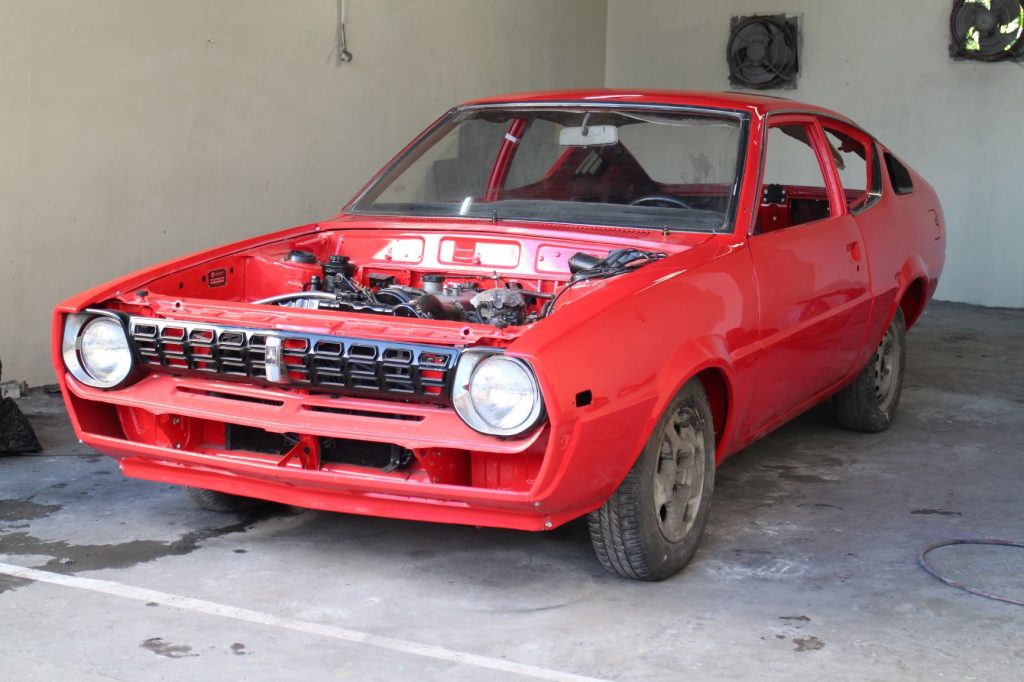
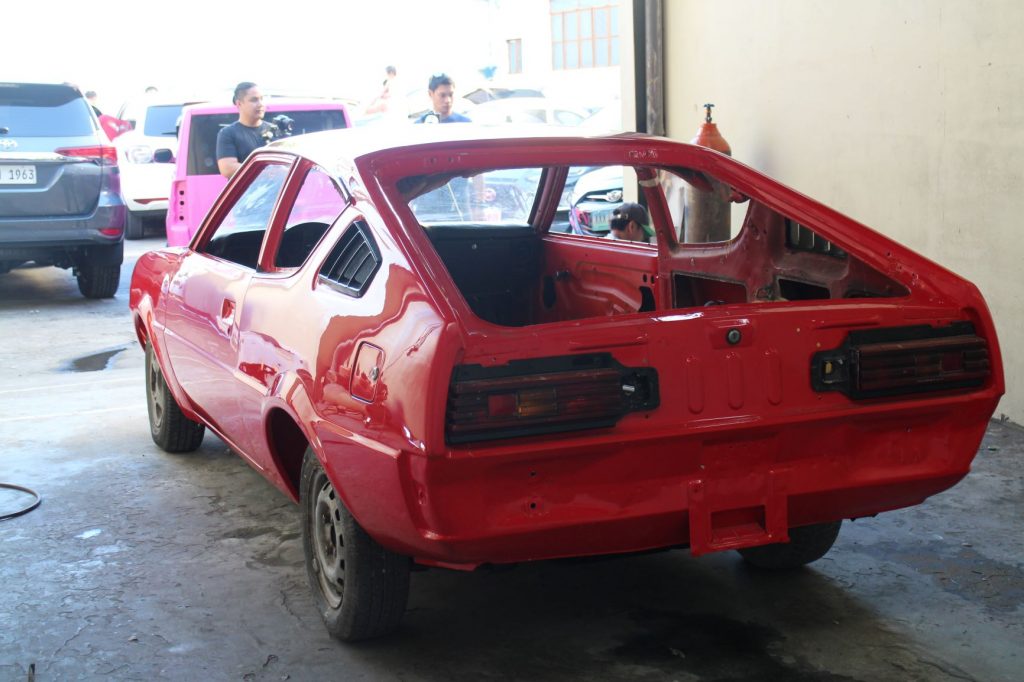
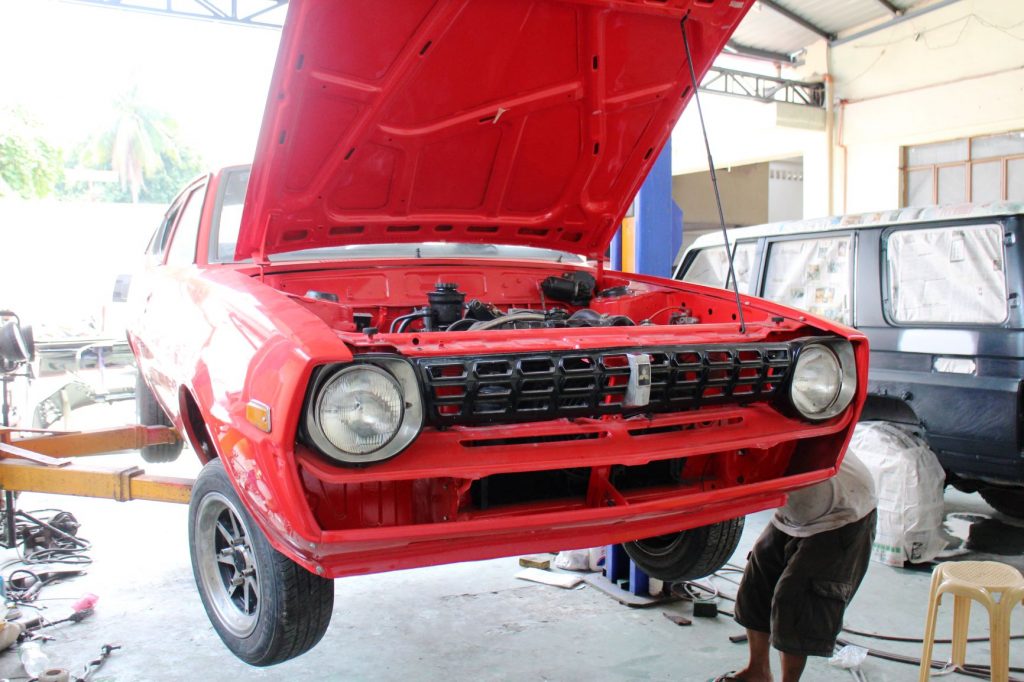
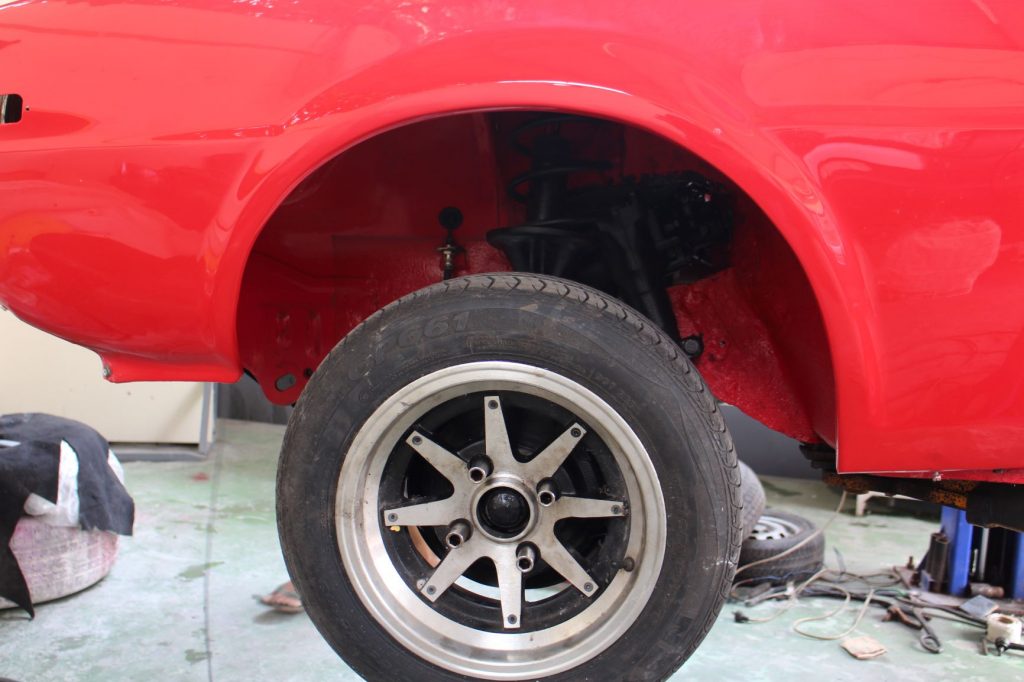
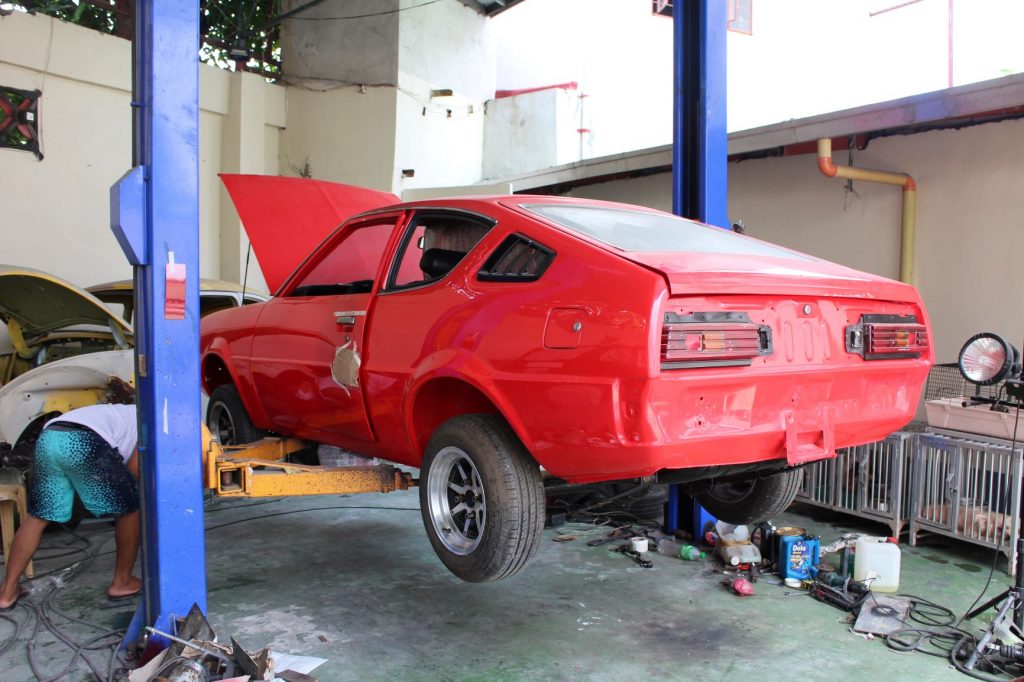
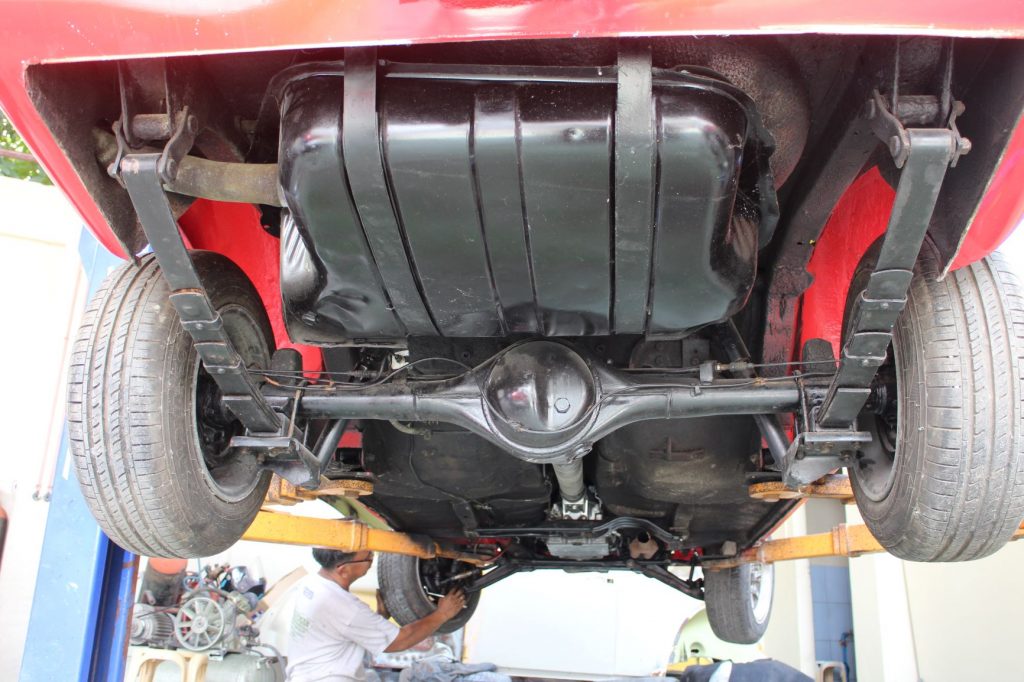
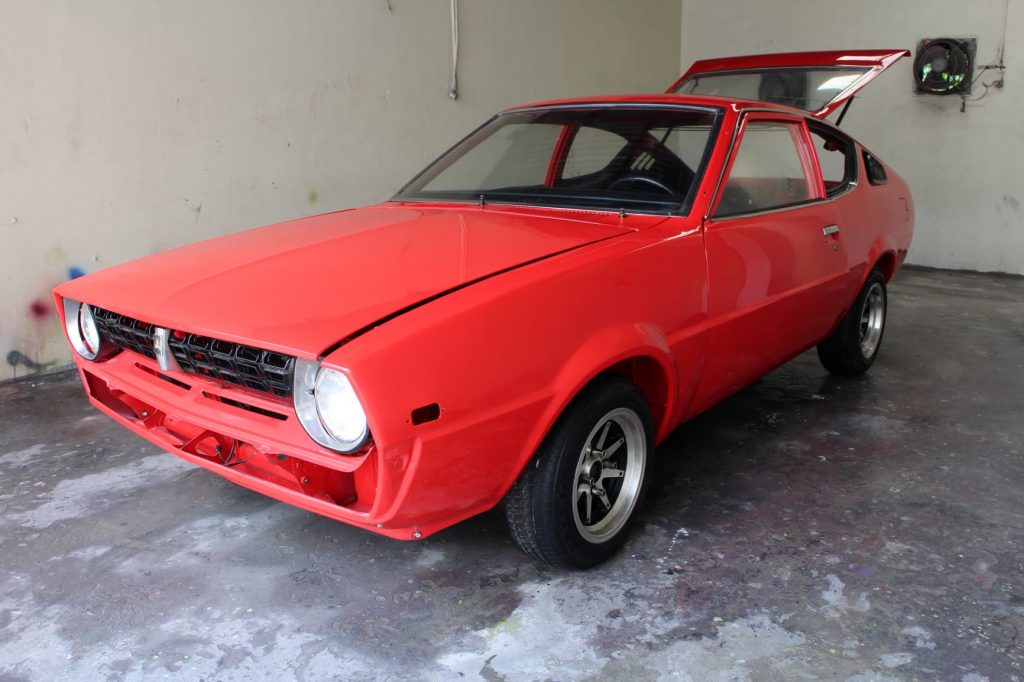
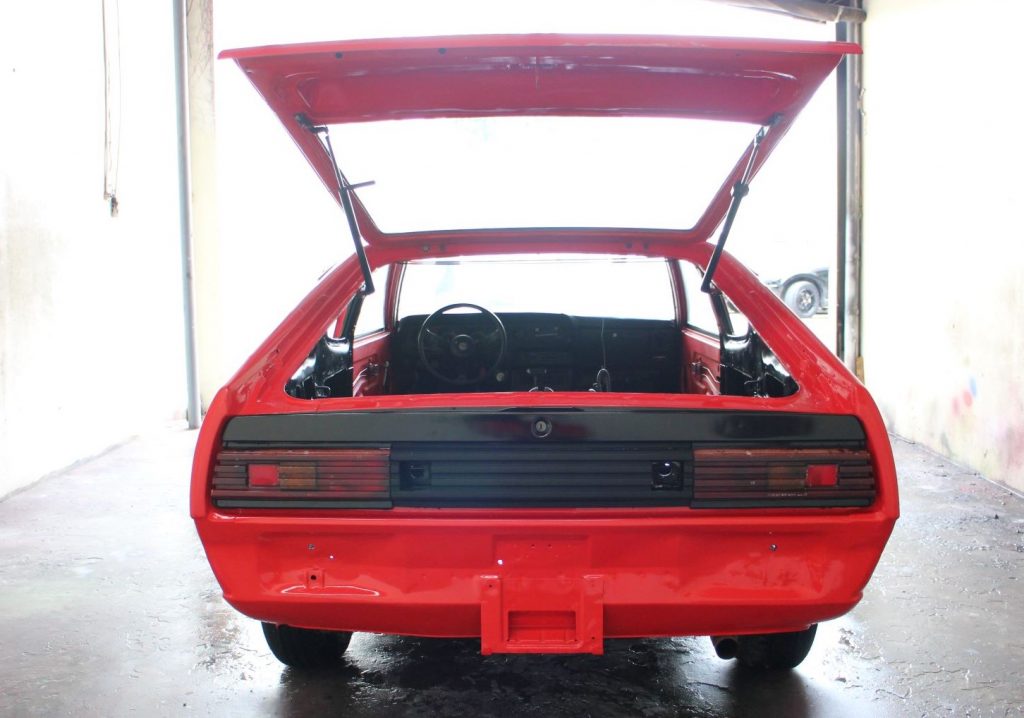
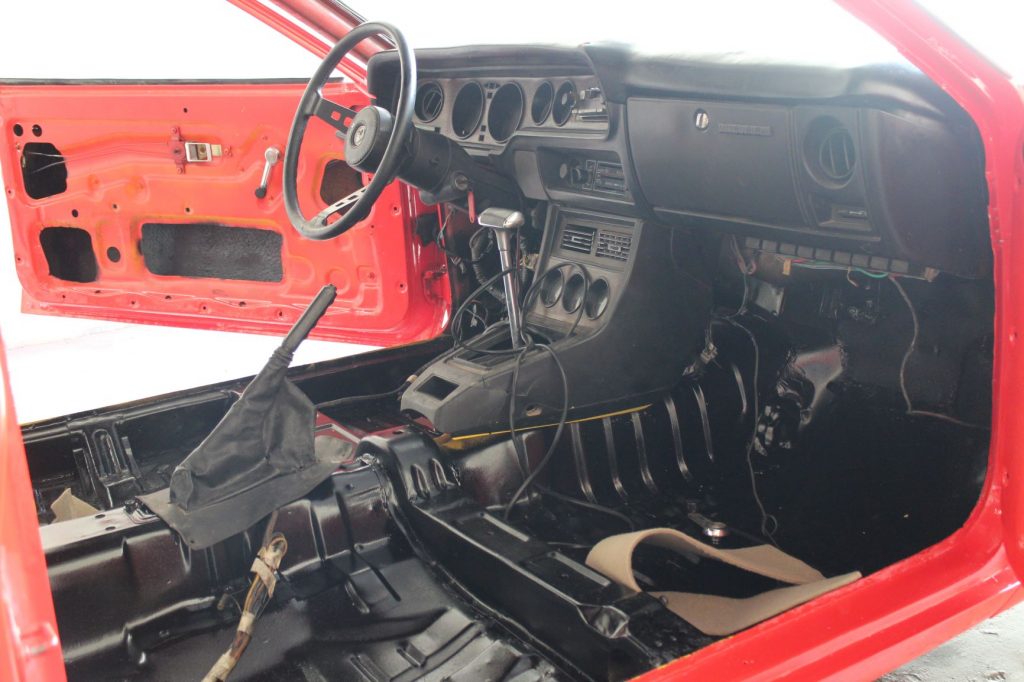
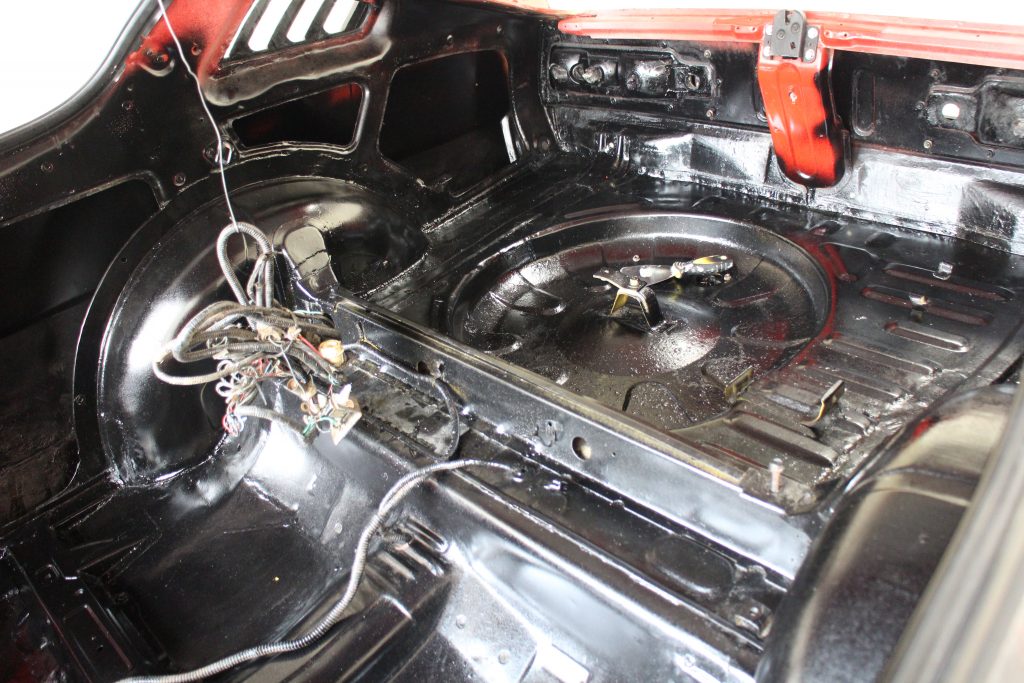
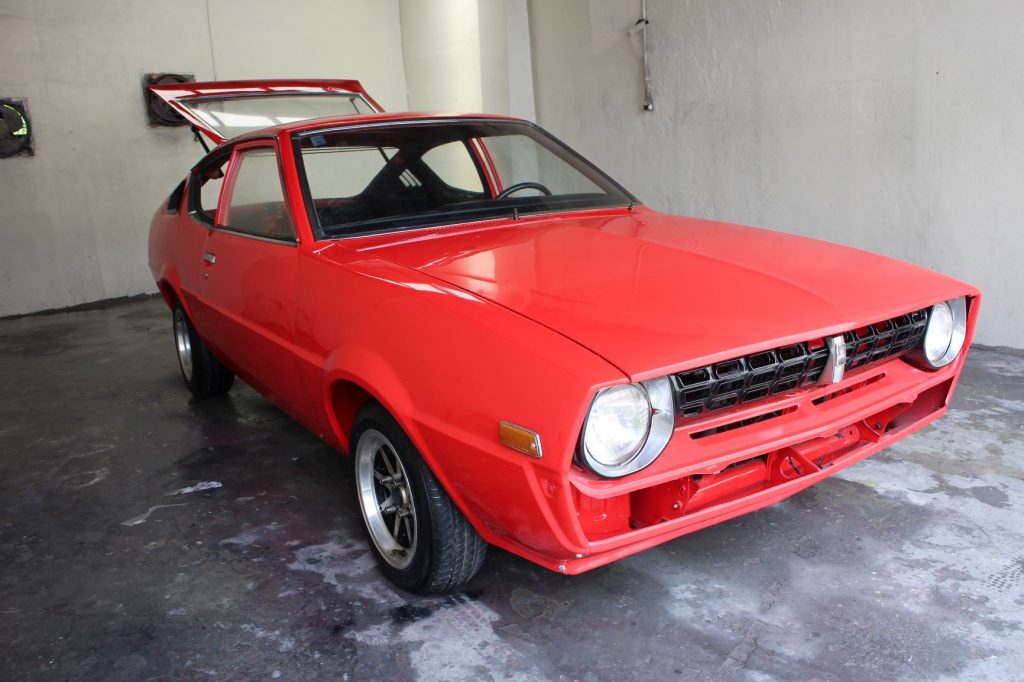
So awesome. I’m planning to restore mine. This is quite insipiring. Joe from Kenya